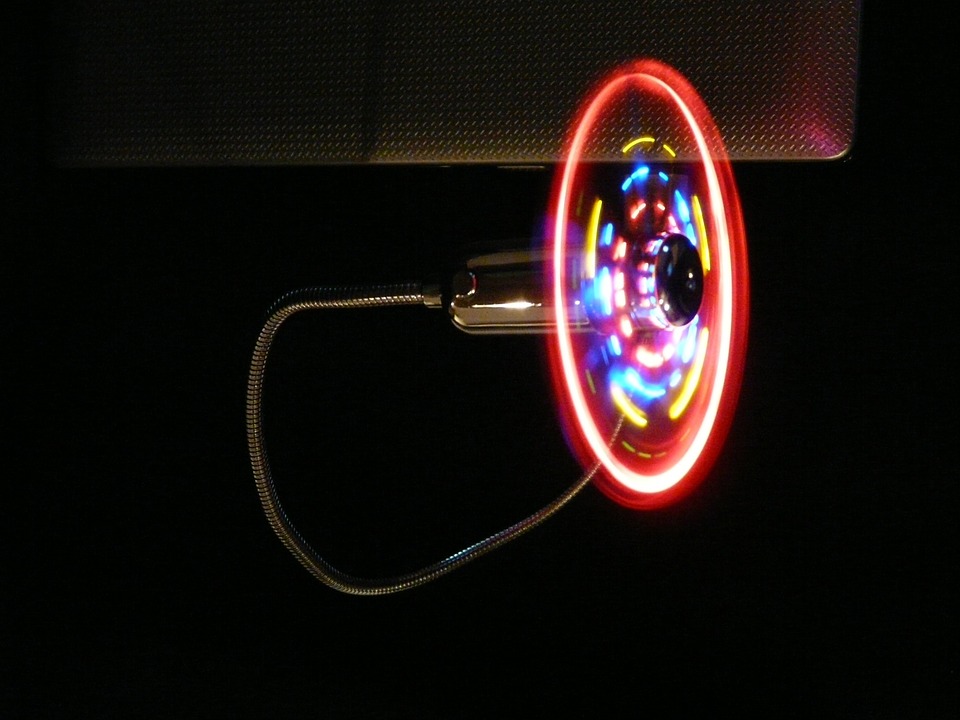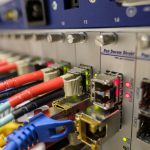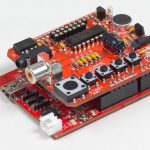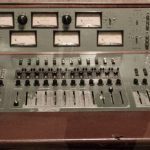
For years, DC Fans have always been the go-to remedy in an architect’s thermal control tool chest, offering effective airflow for products that require heat elimination from a few watts to the several hundred watts. It is vital to harmonize the ventilation needs of the framework with the flow of air features of the fan to guarantee that the adequate ventilator is chosen. The proper fan can be chosen with expertise of the necessary airflow and pressure to provide sufficient cooling. Where a single fan may not be adequate, operating fans in parallel or in series offers designers with additional features to satisfy the heat specifications of their implementation.
Airflow Parameters
There are a few specifications which are crucial to understand in terms of airflow and heat transfer before a fan can be stipulated for a particular function. Moving air is beneficial in cooling artifacts by thermal conduction from the object and then redistributing that heat out there to be dissipated. The amount of energy relocated depends on the volume of the convective cooling, the precise heat of the moving air and the temperature fluctuations caused to the air movement.
Air Pressure
It is essential to know the tension in which the airflow is to be shipped by the fan. The route of the airflow via the item to be cooled will produce an opposition to the stream of the air. Fans should be chosen to generate enough pressure to push the required amount of air via the product to allow the intended refrigeration. For each high-quality product calculating the necessary pressure will be a distinct activity and cannot be optimized in a way similar to the flow rate estimates. Most CAD models are available for measuring an architecture’s air pressure and airflow parameters, while anemometers and manometers can be used to determine the air velocity and pressure features once a layout is completed.
Achieving Required Airflow and Pressure.
To get the required cooling, the airflow rate and air pressure must be generated by the ventilator (or fans). Fan manufacturing data sheets would provide an airflow rate value without back pressure, a maximum pressure value without airflow rate and an airflow curve rather than one of the fan pressures obtainable. The product’s technical design is distinguished to create airflow versus pressure.
Operating Fans in Parallel or Series
Generally, greater or quicker fans would provide higher maximum airflow and higher maximum pressure. If a single ventilator has been unable to offer the desired airflow or pressure, two or more ventilators can be physically controlled in parallel or in series. Running fans in parallel will increase the overall maximum available airflow, but will not increase the total pressure, while operating fans in series will increase the maximum available pressure, but will not increase the maximum available airflow.
Effects of Fan Speed
The fan speed (RPM) can be defined by the initial deployment of the fan or by the fan control sensor. Altering the velocity of the fan will impact the quantity of the air, the pressure of the air, the energy absorbed and the acoustic noise produced by the fan. These relationships are described by what are called the “fan affinity laws”.
fan affinity laws
- The volume of air moved by the fan is proportional to the speed of the fan.
CFM α RPM
i.e. 3 x RPM produces 3 x CFM
- The acoustic noise produced by a fan will increase by 15 dB when the speed of the fan is doubled.
- A 10 dB increase in acoustic noise is typically perceived by human hearing as a doubling of the noise level
- The pressure of air from the fan is proportional to the square of the speed of the fan.
Air pressure α RPM2
i.e. 3 x RPM produces 9 x pressure
- The power required to operate a fan increases by the cube of the speed of the fan.
Power α RPM3
i.e. 3 x RPM requires 27 x power





















